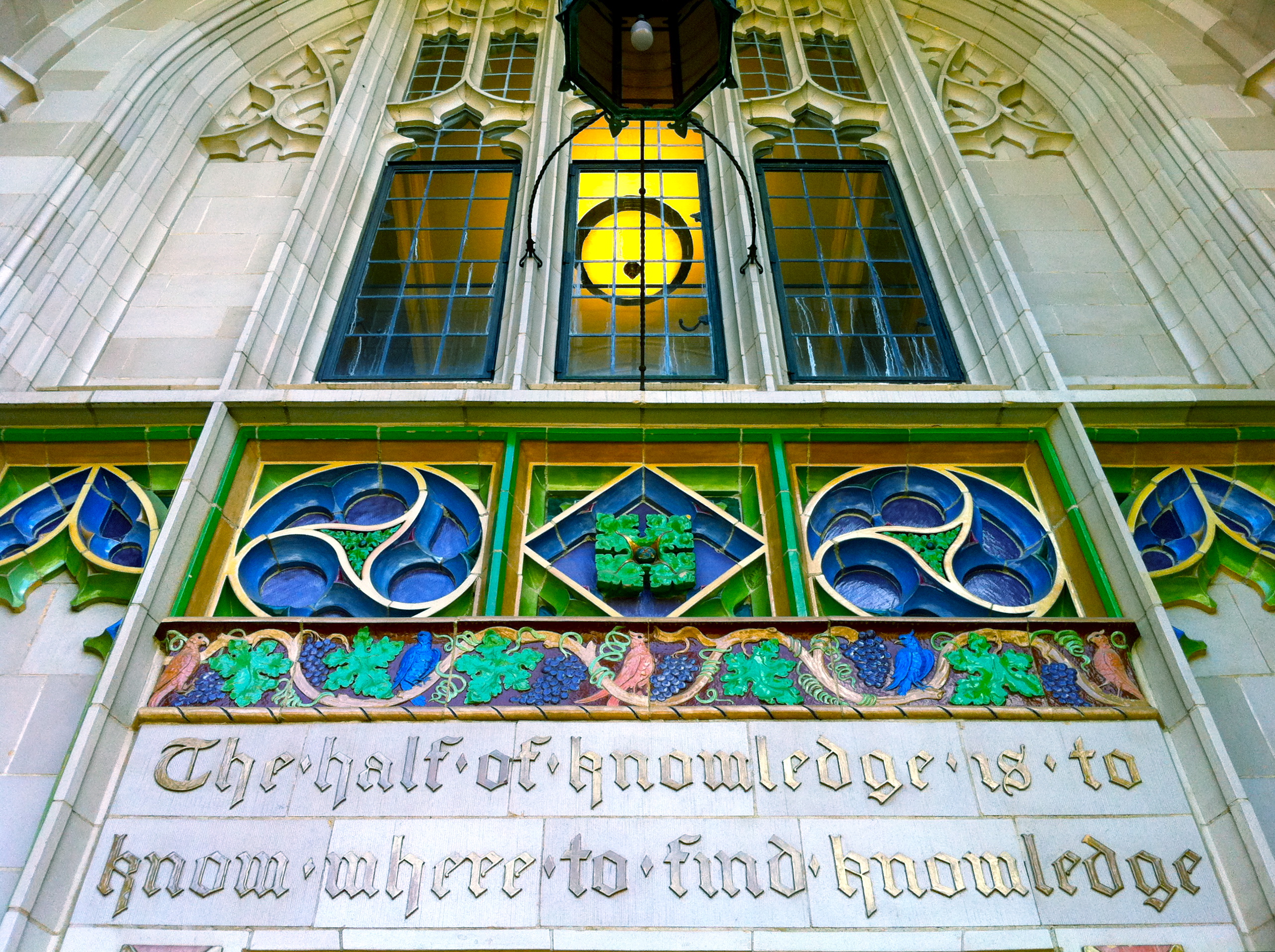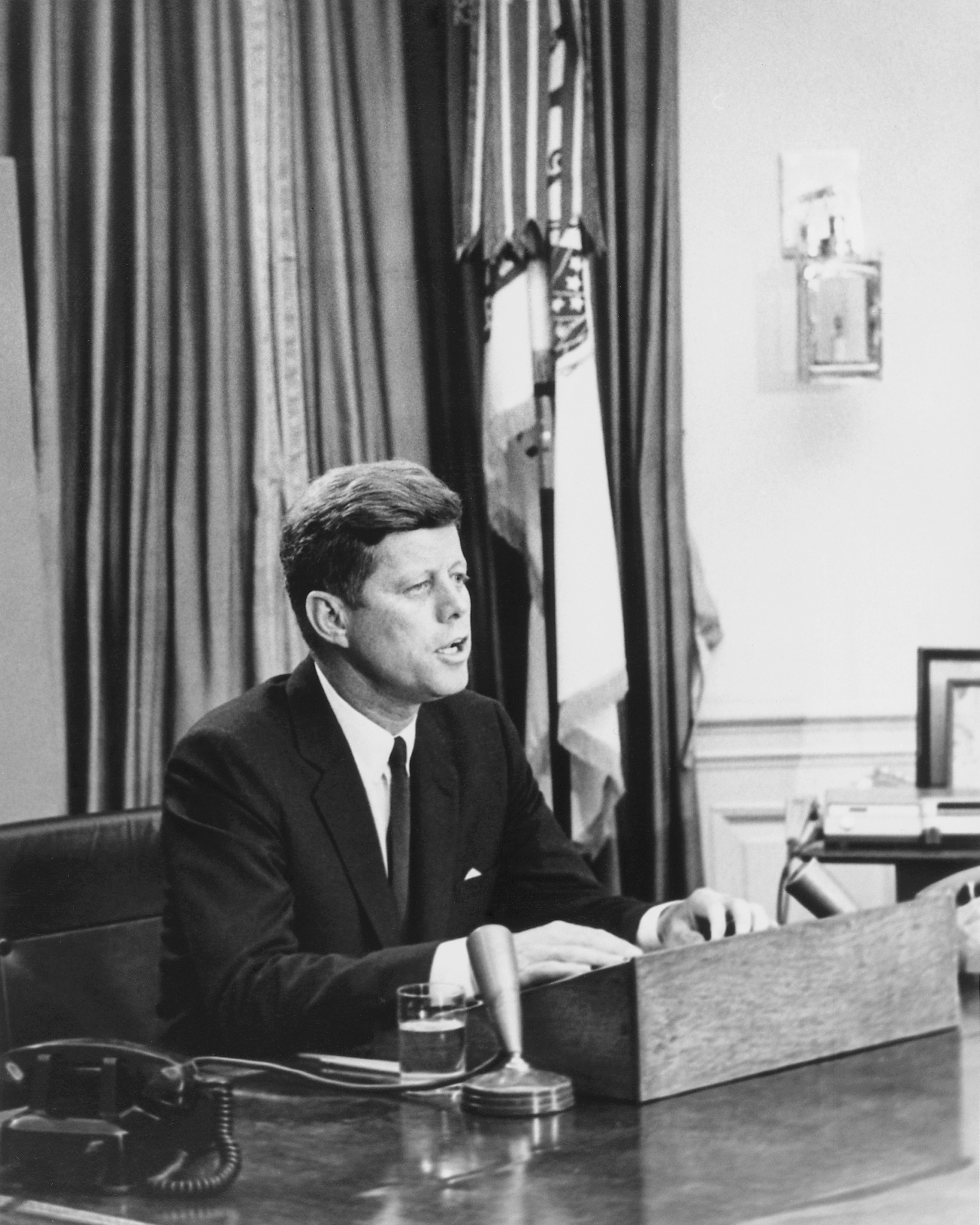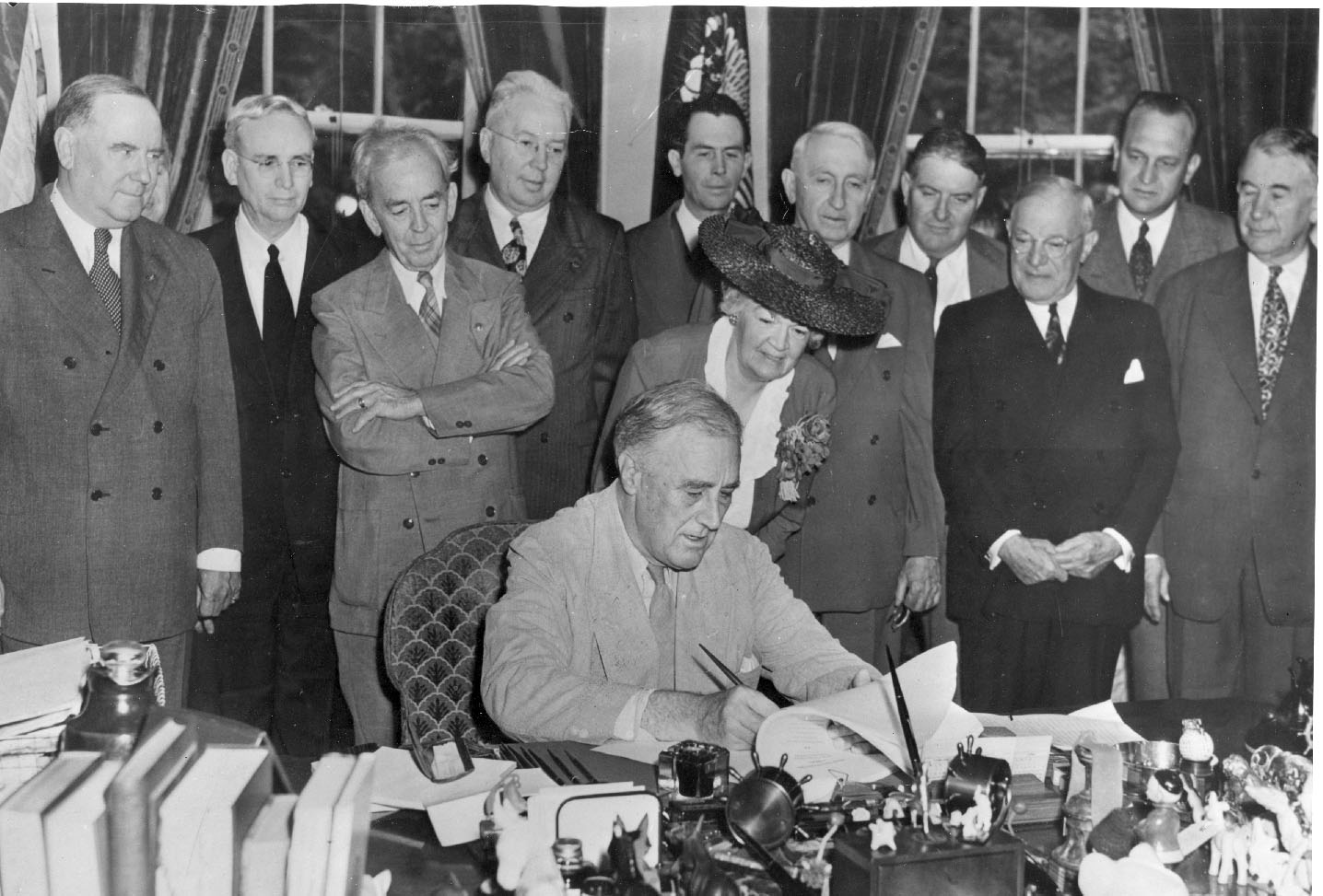|
Buckman Act
The Buckman Act was a Florida law passed by the state legislature in 1905. It reorganized the state's institutions of higher learning and created a Florida Board of Control to govern the system. The act, named for legislator Henry Holland Buckman, consolidated the state's six institutions of higher education into three: one for white men, one for white women, and one for African Americans. Four institutions—Florida Agricultural College in Lake City (called University of Florida in 1903–1905), the East Florida Seminary in Gainesville, the St. Petersburg Normal and Industrial School in St. Petersburg, and the South Florida Military College in Bartow—were merged into the new University of the State of Florida for white men. Gainesville was chosen for the location of the new school among several competing cities, and the UF campus opened in 1906. The Agricultural and Mechanical College for Negroes (the future Florida A&M University) in Tallahassee served African Americans ... [...More Info...] [...Related Items...] OR: [Wikipedia] [Google] [Baidu] |
Florida Board Of Control
The Florida Board of Control (1905-1965) was the statewide governing body for the State University System of Florida, which included all public universities in the state of Florida. It was replaced by the Florida Board of Regents in 1965. History The Florida Board of Control was created by the 1905 legislation known as the . The act reorganized Florida's public higher education system into three institutions,[...More Info...] [...Related Items...] OR: [Wikipedia] [Google] [Baidu] |
Florida State College For Women
Florida State University (FSU) is a public university, public research university in Tallahassee, Florida. It is a senior member of the State University System of Florida. Founded in 1851, it is located on the oldest continuous site of higher education in the state of Florida. Florida State University comprises 16 separate colleges and more than 110 centers, facilities, labs and institutes that offer more than 360 programs of study, including professional school programs. In 2021, the university enrolled 45,493 students from all 50 states and 130 countries. Florida State is home to Florida's only national laboratory, the National High Magnetic Field Laboratory, and is the birthplace of the commercially viable anti-cancer drug Taxol. Florida State University also operates the John & Mable Ringling Museum of Art, the State Art Museum of Florida and one of the largest museum/university complexes in the nation. The university is accredited by the Southern Association of Colleges and ... [...More Info...] [...Related Items...] OR: [Wikipedia] [Google] [Baidu] |
Historically Black Colleges And Universities
Historically black colleges and universities (HBCUs) are institutions of higher education in the United States that were established before the Civil Rights Act of 1964 with the intention of primarily serving the African-American community. Most of these institutions were founded in the years after the American Civil War and are concentrated in the Southern United States. During the period of segregation prior to the Civil Rights Act, the majority of American institutions of higher education served predominantly white students, and disqualified or limited black American enrollment. For a century after the end of slavery in the United States in 1865, most colleges and universities in the Southern United States prohibited all African Americans from attending, while institutions in other parts of the country regularly employed quotas to limit admissions of Black people. HBCUs were established to provide more opportunities to African Americans and are largely responsible for esta ... [...More Info...] [...Related Items...] OR: [Wikipedia] [Google] [Baidu] |
Civil Rights Act Of 1964
The Civil Rights Act of 1964 () is a landmark civil rights and United States labor law, labor law in the United States that outlaws discrimination based on Race (human categorization), race, Person of color, color, religion, sex, and national origin. It prohibits unequal application of voter registration requirements, racial segregation in schools and public accommodations, and employment discrimination. The act "remains one of the most significant legislative achievements in American history". Initially, powers given to enforce the act were weak, but these were supplemented during later years. Congress asserted its authority to legislate under several different parts of the United States Constitution, principally its power to regulate interstate commerce under Article One of the United States Constitution, Article One (section 8), its duty to guarantee all citizens Equal Protection Clause, equal protection of the laws under the Fourteenth Amendment to the U.S. Constitution, ... [...More Info...] [...Related Items...] OR: [Wikipedia] [Google] [Baidu] |
History Of Florida State University
The history of Florida State University dates to the 19th century and is deeply intertwined with the history of education in Florida, education in the state of Florida and in the city of Tallahassee, Florida, Tallahassee. Florida State University, known colloquially as Florida State and FSU, is one of the oldest and largest of the institutions in the State University System of Florida. It traces its origins to the West Florida Seminary, one of two state-funded seminaries the Florida Legislature voted to establish in 1851. The West Florida Seminary, also known as the Florida State Seminary, opened for classes in Tallahassee in 1857, absorbing the Florida Institute, which had been established as an inducement for the state to place the seminary in the city. The former Florida Institute property, located where the historic Westcott Building now stands, is the oldest continuously used site of higher education in Florida. The area, slightly west of the state Florida State Capitol, Capito ... [...More Info...] [...Related Items...] OR: [Wikipedia] [Google] [Baidu] |
GI Bill
The Servicemen's Readjustment Act of 1944, commonly known as the G.I. Bill, was a law that provided a range of benefits for some of the returning World War II veterans (commonly referred to as G.I.s). The original G.I. Bill expired in 1956, but the term "G.I. Bill" is still used to refer to programs created to assist some of the U.S. military veterans. It was largely designed and passed through Congress in 1944 in a bipartisan effort led by the American Legion who wanted to reward practically all wartime veterans. Since the First World War the Legion had been in the forefront of lobbying Congress for generous benefits for war veterans. Roosevelt, by contrast, wanted a much smaller program focused on poor people regardless of military service. As historians Glenn C. Altschuler and Stuart Blumin point out, FDR did not play a significant role in the contours of the bill. At first, Roosevelt shared with nearly everyone the idea that “satisfactory employment,” not educational op ... [...More Info...] [...Related Items...] OR: [Wikipedia] [Google] [Baidu] |
World War II
World War II or the Second World War, often abbreviated as WWII or WW2, was a world war that lasted from 1939 to 1945. It involved the vast majority of the world's countries—including all of the great powers—forming two opposing military alliances: the Allies and the Axis powers. World War II was a total war that directly involved more than 100 million personnel from more than 30 countries. The major participants in the war threw their entire economic, industrial, and scientific capabilities behind the war effort, blurring the distinction between civilian and military resources. Aircraft played a major role in the conflict, enabling the strategic bombing of population centres and deploying the only two nuclear weapons ever used in war. World War II was by far the deadliest conflict in human history; it resulted in 70 to 85 million fatalities, mostly among civilians. Tens of millions died due to genocides (including the Holocaust), starvation, ma ... [...More Info...] [...Related Items...] OR: [Wikipedia] [Google] [Baidu] |
Florida School For The Deaf And Blind
The Florida School for the Deaf and the Blind (FSDB) is a state-supported boarding school for deaf and blind children established in 1885, in St. Augustine, Florida, United States. History In 1882, Thomas Hines Coleman, a young deaf man, was preparing to graduate from Gallaudet University in Washington, D.C., the only college for the deaf in the world at that time. He had graduated from the South Carolina School for the Deaf and Blind and knew he wanted to make education for children his life's work. Florida was one of the few states that had not made provision for the education of children who were deaf/hard of hearing or who had visual impairments. Coleman wrote Governor William D. Bloxham and he replied favorably toward the establishment of such a school. As their correspondence continued, the sum of $20,000 was reached as a minimum appropriation to start the school.Gannon, Jack. 1981. ''Deaf Heritage–A Narrative History of Deaf America'', Silver Spring, MD: National As ... [...More Info...] [...Related Items...] OR: [Wikipedia] [Google] [Baidu] |
Florida State University
Florida State University (FSU) is a public research university in Tallahassee, Florida. It is a senior member of the State University System of Florida. Founded in 1851, it is located on the oldest continuous site of higher education in the state of Florida. Florida State University comprises 16 separate colleges and more than 110 centers, facilities, labs and institutes that offer more than 360 programs of study, including professional school programs. In 2021, the university enrolled 45,493 students from all 50 states and 130 countries. Florida State is home to Florida's only national laboratory, the National High Magnetic Field Laboratory, and is the birthplace of the commercially viable anti-cancer drug Taxol. Florida State University also operates the John & Mable Ringling Museum of Art, the State Art Museum of Florida and one of the largest museum/university complexes in the nation. The university is accredited by the Southern Association of Colleges and Schools (SACS). ... [...More Info...] [...Related Items...] OR: [Wikipedia] [Google] [Baidu] |
Florida A&M University
Florida Agricultural and Mechanical University (FAMU), commonly known as Florida A&M, is a public historically black land-grant university in Tallahassee, Florida. Founded in 1887, It is the third largest historically black university in the United States by enrollment and the only public historically black university in Florida. It is a member institution of the State University System of Florida, as well as one of the state's land grant universities, and is accredited to award baccalaureate, master's and doctoral degrees by the Commission on Colleges of the Southern Association of Colleges and Schools. FAMU sports teams are known as the Rattlers, and compete in Division I of the NCAA. They are a member of the Southwestern Athletic Conference (SWAC). History Black abolitionist Jonathan C. Gibbs first introduced legislation to create the State Normal College for Colored Students in 1885, one year after being elected to the Florida Legislature. The date also reflects the ... [...More Info...] [...Related Items...] OR: [Wikipedia] [Google] [Baidu] |
Henry Holland Buckman
Henry Holland Buckman (1858–1914) was an attorney from Duval County, Florida, who became a member of the Florida Legislature and served on the Judiciary Committee. Buckman is known for being the author of the Buckman Act, a 1905 law that reorganized higher education into three institutions, segregated by race and gender, as follows: * the Florida Female College (the present Florida State University) for Caucasian women; * the State Normal and Industrial College for Colored Students (the present Florida Agricultural and Mechanical University) for African American men and women; and * the University of the State of Florida (the present University of Florida) for Caucasian men. The Buckman Act also created the Florida Board of Control, the state-wide governing body for Florida's universities and colleges, and the predecessor of today's Florida Board of Governors. The gender separation aspect of the Buckman Act was later reversed by the Florida Legislature in 1947, when Florid ... [...More Info...] [...Related Items...] OR: [Wikipedia] [Google] [Baidu] |
Bartow, Florida
Bartow ( ) is the county seat of Polk County, Florida, United States. Founded in 1851 as Fort Blount, the city was renamed in honor of Francis S. Bartow, the first brigade commander of the Confederate Army to die in combat during the American Civil War. According to the 2010 Census, the city had a population of 17,298 and an estimated population of 20,147 in 2019. It is part of the Lakeland− Winter Haven Metropolitan Statistical Area, which had an estimated population of 584,383 in 2009. As of 2020, the mayor of Bartow is Scott Sjoblom. Located near the source of the Peace River, Bartow is approximately east of Tampa, Florida and southwest of the Greater Orlando area. The city is near the center of "Lightning Alley" and has frequent afternoon thunderstorms in the summer, but typically has sunny and mild winters. Government, mining, and agriculture are the major sectors of the area's economy. The primary roads in the Bartow area are U.S. Route 17, U.S. Route 98 and State ... [...More Info...] [...Related Items...] OR: [Wikipedia] [Google] [Baidu] |








